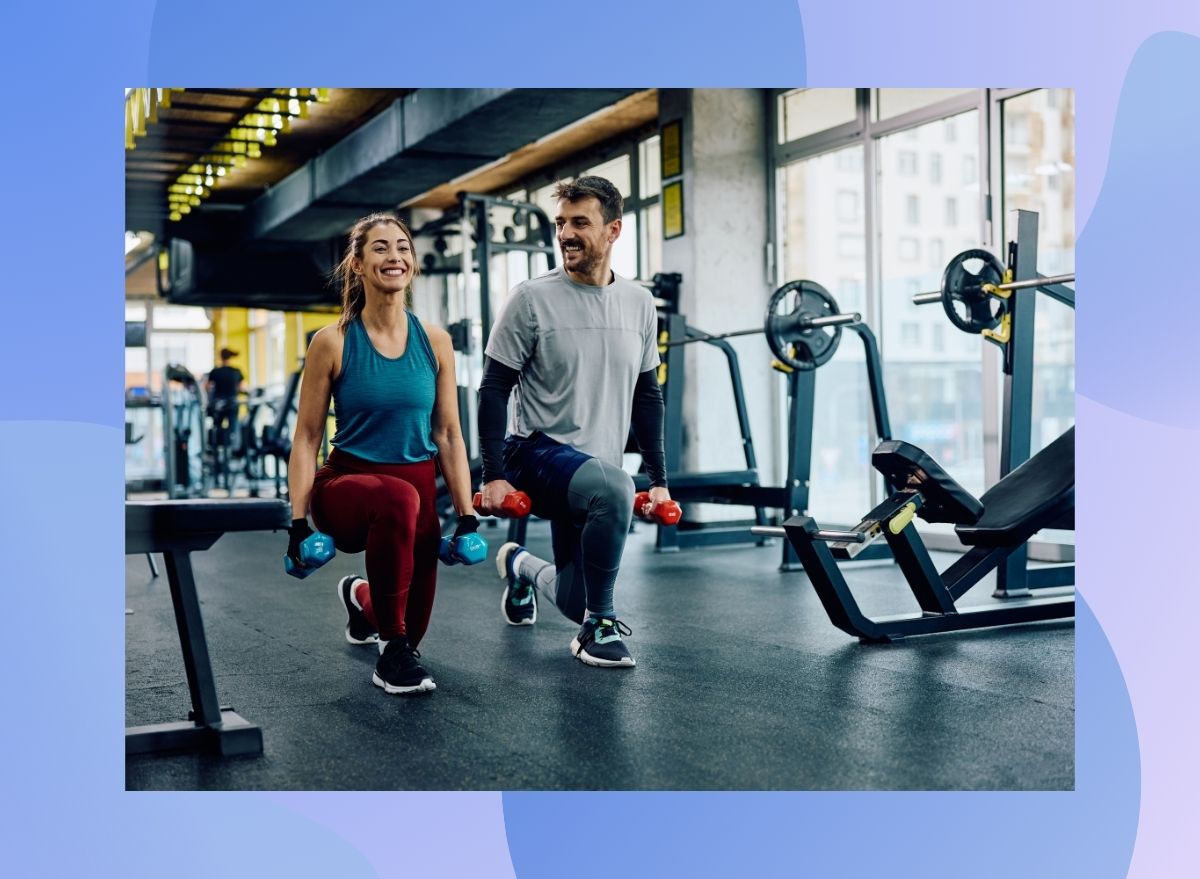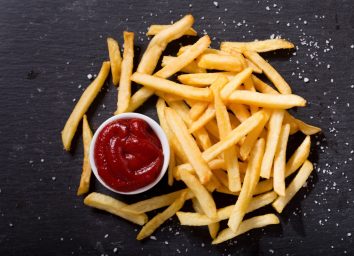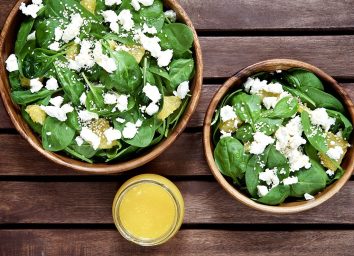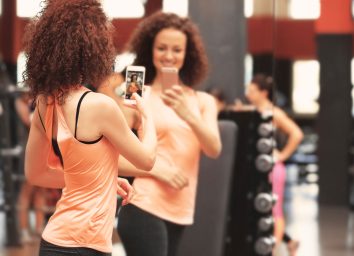10 Ways to Measure Weight Loss Progress Without a Scale
If you’ve browsed weight loss forums or are currently following a diet, you might have come across the acronym “NSV.” It’s short for “non-scale victory,” and it’s a way for dieters to measure their weight loss progress without being constrained to a single measurement of a scale. Although scales can surely measure how much overall weight you’ve lost on your new healthy eating plan, they aren’t always the most reliable gauge.
For starters, a scale doesn’t read body composition. There is a difference between water weight, fat weight, and muscle mass. As an example, the scale’s needle can stay at the same number or even tip higher if you have successfully gained muscle mass while losing body fat.
Fortunately, there are plenty of other, oft-overlooked ways to measure the progress of your healthy eating journey and clock in those non-scale victories. We’ve rounded up a few of these confidence-boosting NSV that dieters often share with each other below. And if you’re married to the scale, stick to stepping on it just once a week. “Use the same scale on the same day at the same time,” Jillian Michaels tells us. “Your weight shifts throughout the day, so what may be perceived as weight gain can be discouraging. Consistency gives you a more accurate read. Also, waiting a week allows time for the scale to actually show your weight loss.”
Progress Pics
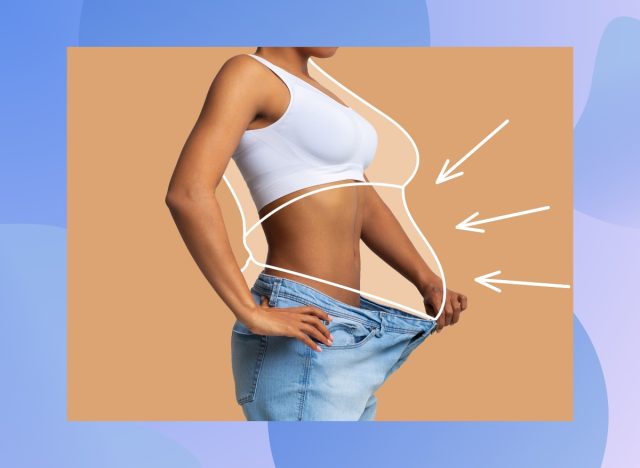
Taking before-and-after photos is a classic NSV and a sure-fire way to measure progress and maintain it. Twice a month, wear the same clothing and snap a selfie from the same angle each time. Just remember to take a picture at the same time of day—preferably right when you wake up, before breakfast—to render the most consistent results. Seeing changes via juxtaposed images will help you realize your success better than looking in the mirror.
Try On a Pair of Jeans
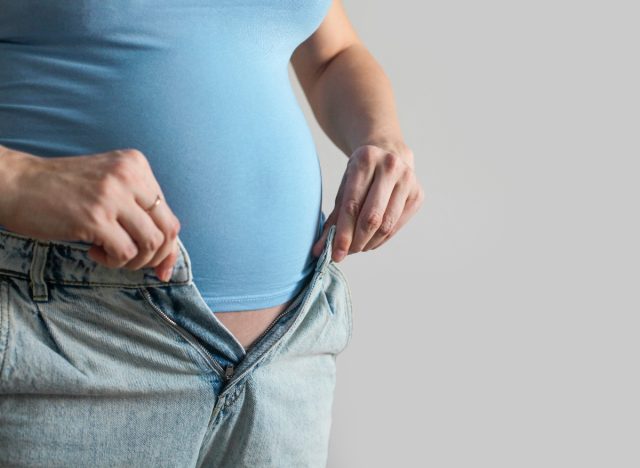
If one of the reasons you began a weight-loss plan is to fit into your old Levis, then why not measure success by doing the wiggle test? Try on the same pair of skinny jeans every two weeks or so—the less effort it takes to zip them up and the less fat hanging over the beltline, the more fat you’ve lost. While you’re at it, strap on a pair of heels and celebrate your weight-loss wins.
Use a Tape Measure
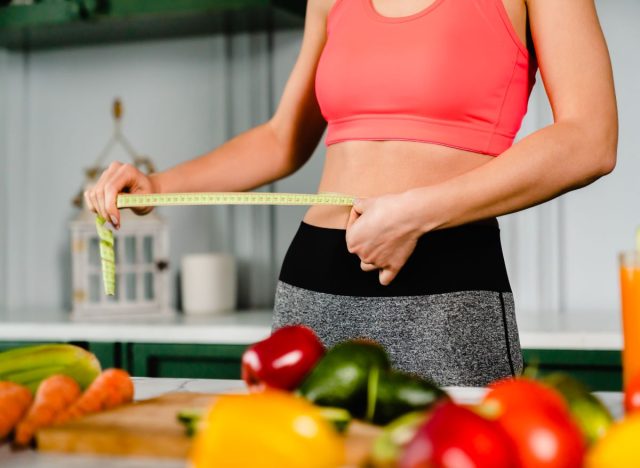
While a scale can compute your body mass, a good ol’ fashioned measuring tape can evaluate actual fat loss. Depending on whether your goal is to gain muscle or lose fat, measuring specific areas such as your waist, hips, and arms can determine if you’ve lost or gained inches. Plus, if your goal is weight loss, tracking where you lost the most inches can help you better understand how and where you naturally drop pounds.
Try an At-Home Body Fat Test
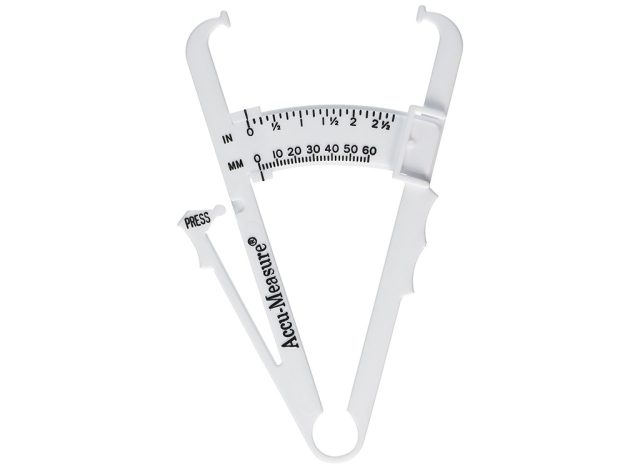
At-home tools like skin calipers and mPort, a 3D body mapping app, can help you figure out your body fat as opposed to a scale, which gives you a reading on the total weight (factoring in water weight and muscle mass, which you likely don’t want to account for). Once you receive your results, note this: “A healthy range of body fat for women is 20-25 percent, compared to men who are at a healthy range from 10-15 percent,” says Lisa Hayim, MS, RD, founder of The WellNecessities.
Test Your Body Fat Professionally
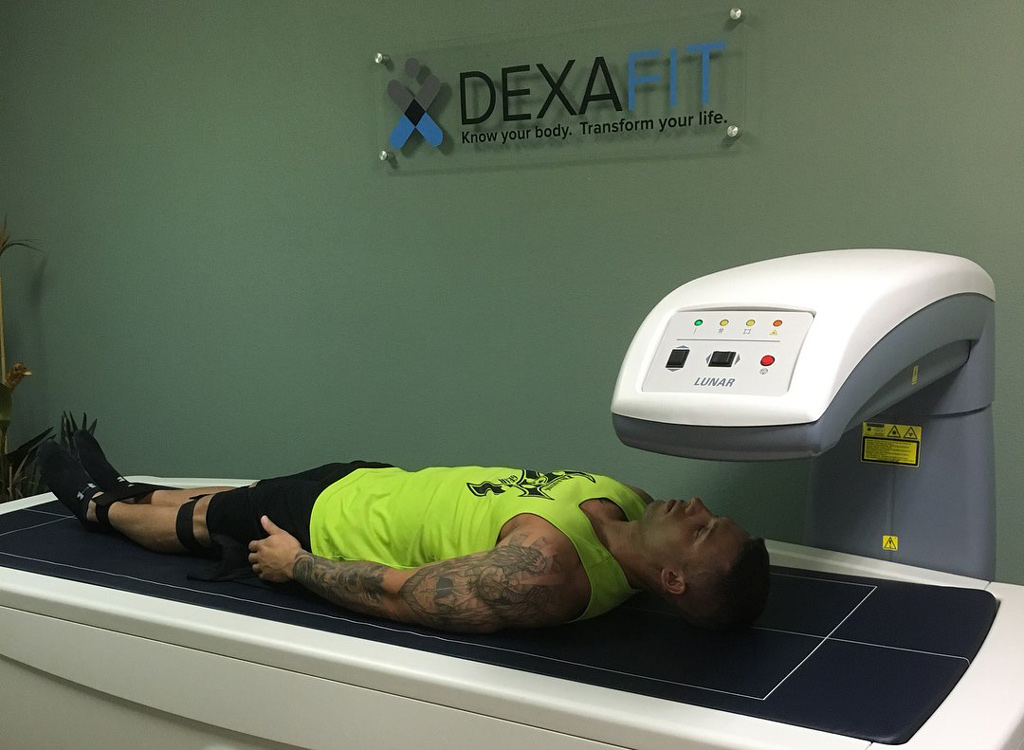
Services like DexaFit’s Fit3D body scan maps the surface of your body in three dimensions to measure the amount of mass you hold onto in specific areas as well as provides summaries of your fitness progress. If you’re open to trying some trends, take a stab at hydrostatic weighing, which estimates your body composition based on the difference in weight between your normal body weight and your weight while completely submerged underwater. Another option is a Bioelectrical Impedance Analysis (BIA), which involves calculating body fat by running electrical currents through your body—psst, it’s painless!
Get a Fitness Tracker

Fitness tech like the Fitbit can help you track your activity levels, heart rate, and food, which can help you gauge progress over time. If you notice your heartbeat slowing down during a HIIT session that used to leave you gasping for air, that’s an NSV! If you clocked in more steps this month than you used to on average, that’s an NSV, too. Stopped snacking post-dinner? Noticing all these factors—and extra calories burned—written down can reassure you that you’re nearing your body goals.
Try a 30-Day Challenge
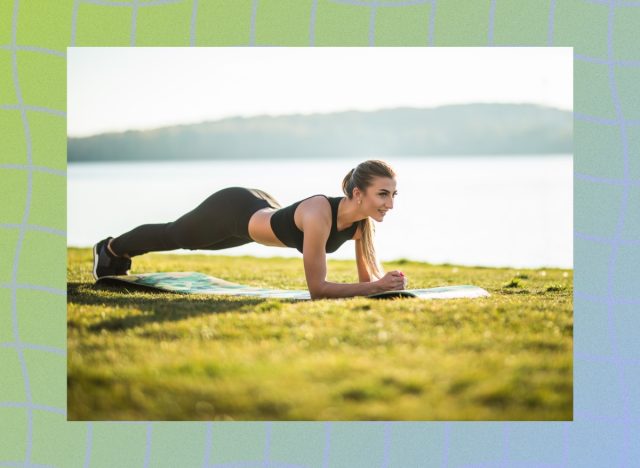
You know those plank and squat challenges that litter your social media feeds? Why not take a stab at them? Day one may be tough to hold a 30-second plank or do 20 air squats, but once you continue the daily plan, you’ll notice your body getting stronger after you complete each challenge. And you might just see that 4-pack peeking through.
Check For Clearer Skin

McMaster University researchers found that men and women aged 40 and up who exercised frequently had skin closer in composition to that of 20–30 year-olds—even if they were past age 65! Sweating during exercise helps your skin detox and remove toxins that can lead to acne and clogged pores. Be sure to thoroughly wash your face before and after your spin sesh to reap the benefits.
Recall Your Joint Pain

If you’re overweight, shedding some pounds can help you reduce your risk of the most common joint issue: osteoarthritis. Holding onto excess weight adds unnecessary stress on your knees—often causing you to cut your cardio routine short. According to Harvard Health, adding incline to your treadmill hikes up the force on each knee by two to three times your body weight while squatting adds four to five times your body weight in force. Losing weight not only helps relieve some of this weight-related pressure but also reduces your risk of inflammation associated with joint pain.
Assess Your Energy Levels

It only makes sense that the extra weight you’re holding onto is actually weighing you down. Many folks report on experiencing an energy boost after losing weight, whether it’s because their confidence and motivation skyrocketed as a result of seeing results or because their joint pain subsided and fitness level increased enough for them to stay active with ease.
